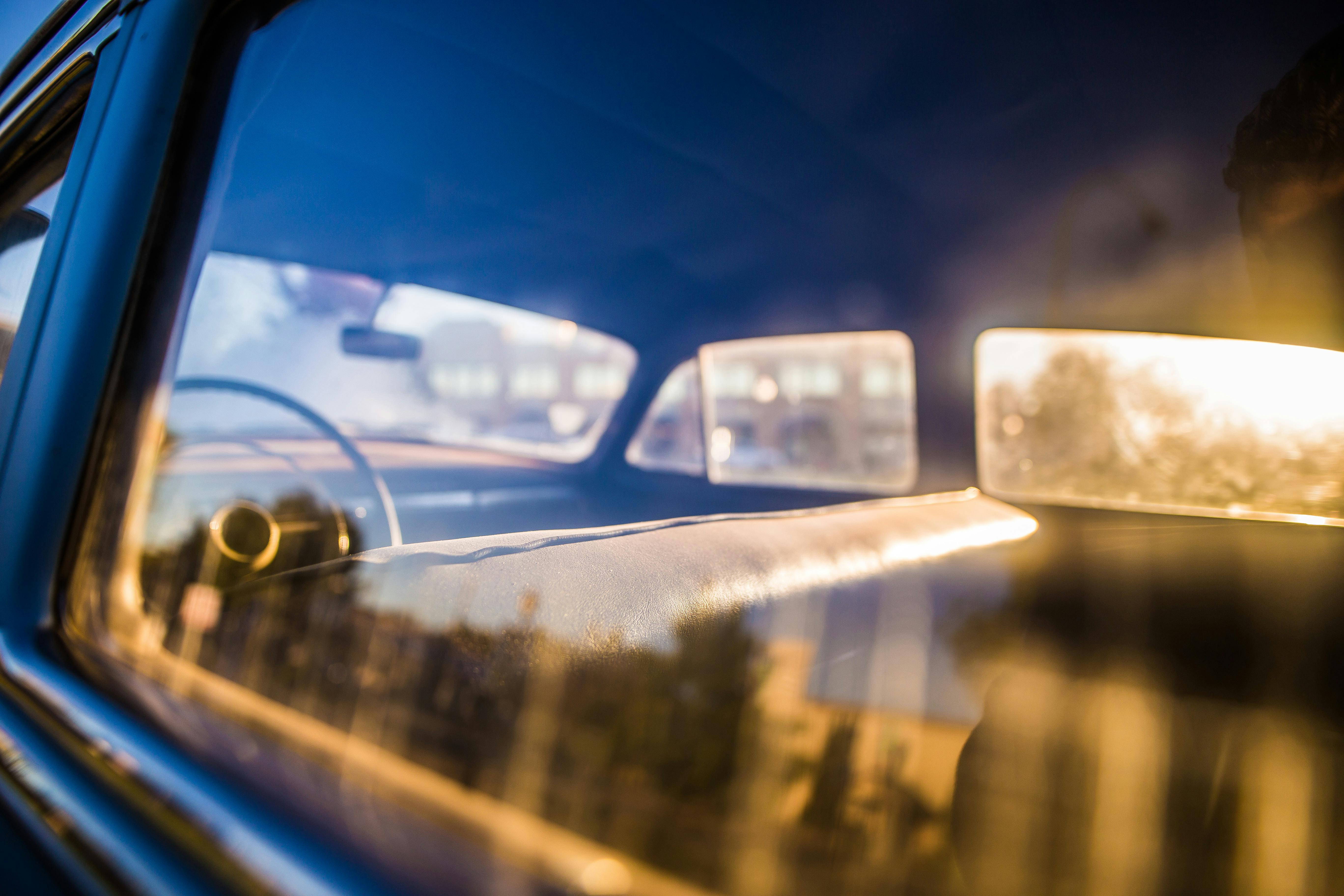Have you ever wondered what exactly happens when you press down on the clutch pedal? Without the clutch I couldn’t shut off the power to the engine or change gears! So how does it all work? A clutch is used to connect two moving shafts that move at different speeds. This allows us to disconnect the engine power without stalling the car or to be able to drive without problems, allowing the engine power to be transmitted to the road gradually.
What is the clutch made of? There are several main components starting with the flywheel which is connected to the engine, followed by the clutch plate which is connected to the transmission. Next is the pressure plate that maintains friction between the clutch plate and the flywheel. This part of the clutch requires an incredible amount of force and pressure. Next are the studs and the diaphragm spring. As the center of the diaphragm spring is pushed in, a series of pins near the outside of the spring causes the pressure plate to separate from the clutch disc. This releases the clutch from the spinning engine. The next component is the waste bearing, also known as the “clutch bearing.” Helps transition smoothness and noise reduction. Next you have the clutch housing and the release fork. The job of the release fork is to exert force on the pressure plate causing the fingers of the pressure plate to release. The bell contains all the components of the clutch. The final part of the puzzle is the gearbox.
How can you take care of your clutch? Don’t ride your clutch. We’re all guilty of sitting in traffic jams or waiting for lights to change, keeping the car steady on the clutch instead of the brakes. This can take years out of the clutch! Intense heat builds up inside the clutch and this can cause the clutch to burn out. Simply holding the car with the footbrake or handbrake will drastically reduce clutch wear. When you have fully released the clutch, take your foot off the pedal, as having the clutch slightly depressed will also increase clutch wear.
What are the signs of clutch wear? A slipping clutch may mean a new clutch is required. A simple way to see if your clutch is slipping is to find a reasonable hill or incline. Get your vehicle up to a reasonable speed around 30-45, it should be fine, then select a high gear in 4th or 5th and press the accelerator to the floor (if safe and legal to do so). If the vehicle’s rev counter suddenly goes up without an equal sign of acceleration, this may be a sign of clutch wear. Some vehicles have the ability to adjust the clutch cable, which can extend the life of the clutch.
Another sign of clutch wear is clutch chatter. You will feel this feedback through the clutch pedal. If you feel a vibration or bump during gear change, this may be an indication. This is usually felt at lower speeds or when shifting from lower gears. The usual cause of this is that the clutch plate has moved slightly and has become misaligned. This can also happen if the clutch plate or other parts have been redone and not aligned properly. The worst result of this would be that the flywheel has been damaged, and if this is the case specialist advice will be required as the flywheel would usually mean that the clutch assembly would also need to be changed.
Another sign of clutch wear is any unusual noise. Most noises from older cars are to be expected; I would expect to hear some creaks, groans and groans after a few years. A bit like the wife (just kidding)!! One noise that would be cause for concern would be if the whining also had a crackling sound within it. If you hear this type of sound, it is definitely worth getting your car repaired as soon as possible. This could be a sign that the clutch bearing is starting to wear out. This component would need to be replaced as soon as possible. If left on, it would cause more damage and cost a lot more money to rectify.
What else has a clutch? Well, some people with automatic cars might be surprised to discover that automatic cars also have clutches and some even have two. Many power tools are also equipped with clutches. Drills are usually equipped with clutches so that the user can disengage the transmission faster. This allows the user to have much more control of the equipment. As you can imagine, the safety benefits make the clutch a necessity. The strangest thing I have come across that requires a clutch is a Yo Yo!
